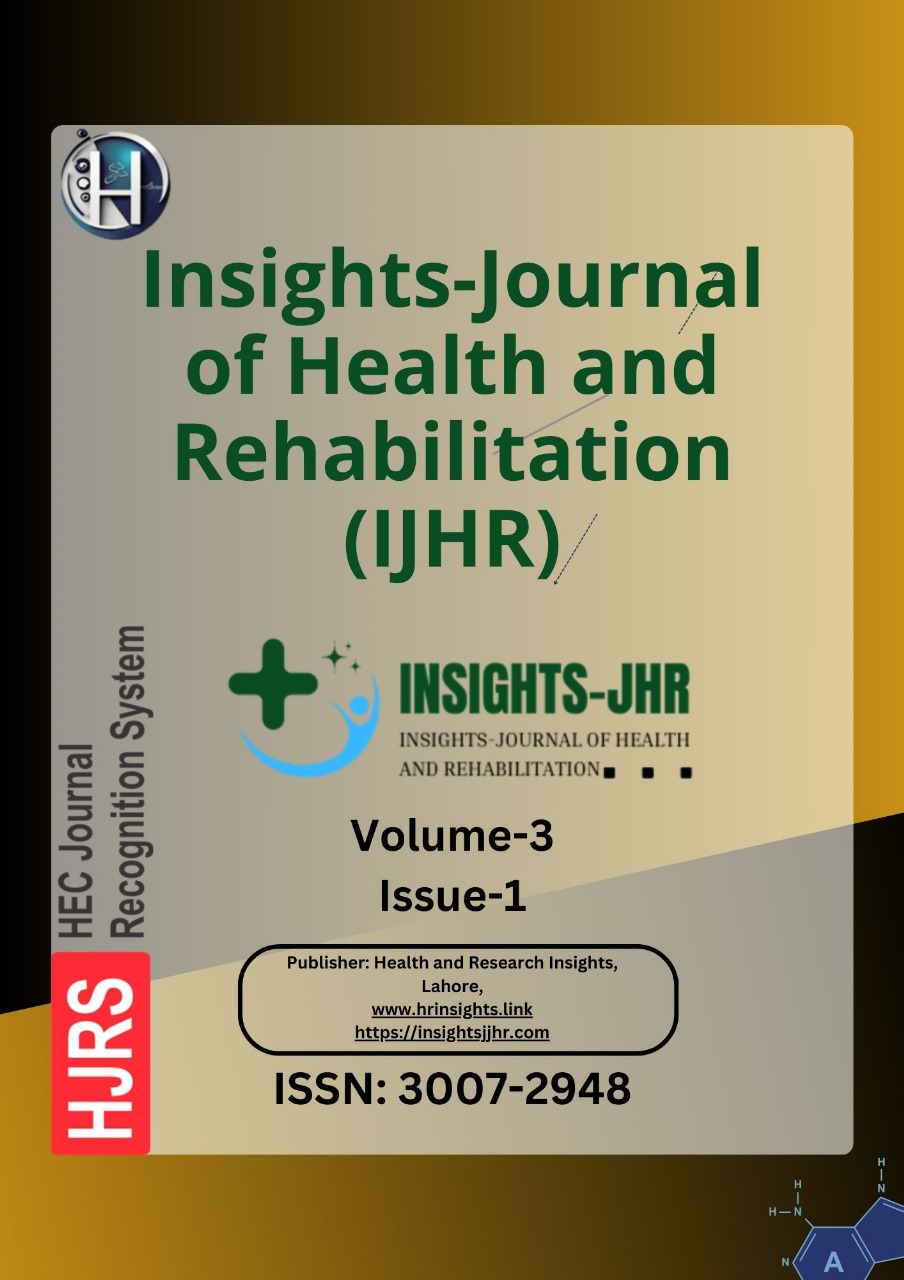THROMBOCYTOPENIA AS A SURROGATE FOR CIRRHOSIS AND A MARKER FOR THE IDENTIFICATION OF PATIENTS AT HIGH RISK FOR HEPATOCELLULAR CARCINOMA
DOI:
https://doi.org/10.71000/zcs8t536Keywords:
Cirrhosis, Hepatitis B, Hepatitis C, Hepatocellular carcinoma, Liver fibrosis, Platelet count, ThrombocytopeniaAbstract
Background: Hepatocellular carcinoma (HCC) is a leading cause of cancer-related mortality, primarily arising in patients with cirrhosis due to chronic hepatitis B (HBV) or hepatitis C (HCV) infections. The global epidemiology of HCC is influenced by viral hepatitis prevalence, metabolic disorders, and liver fibrosis progression. Thrombocytopenia has emerged as a potential surrogate marker for cirrhosis and an early indicator of HCC risk. Identifying a reliable platelet cutoff value may improve the early diagnosis and risk stratification of patients prone to liver malignancy.
Objective: To evaluate thrombocytopenia as a surrogate marker for cirrhosis and assess platelet count as a diagnostic indicator for advanced HCC in patients with chronic liver disease.
Methods: A cross-sectional hospital-based study was conducted over six months (January–June 2022) at a tertiary care hospital. A total of 40 cirrhosis patients (20 males, 20 females) aged 30–65 years were enrolled. Blood serum samples were collected in glass vials containing 20% EDTA to prevent coagulation. Sociodemographic data were obtained following written informed consent. Statistical analysis was performed using SPSS (version 22). Sensitivity, specificity, accuracy, positive predictive value (PPV), negative predictive value (NPV), and Kaplan-Meier analysis were applied to determine platelet cutoff values for cirrhosis and HCC risk prediction.
Results: The platelet cutoff value was determined as 150 × 10³/mm³ for HBV (sensitivity 79.5%, specificity 82.4%, accuracy 85.1%, PPV 39.4%, NPV 98.5%) and 170 × 10³/mm³ for HCV (sensitivity 86.5%, specificity 60.8%, accuracy 67.6%, PPV 44.9%, NPV 92.8%). Thrombocytopenia (<145 × 10³/mm³) was observed in 15% of HBsAg-positive, anti-HCV-negative patients in year 1 and 5% in year 2. Among HCC patients, 60% were thrombocytopenia suspects, with 45% confirmed cases. A significant reduction in platelet count was noted in cirrhosis patients progressing to HCC.
Conclusion: Thrombocytopenia strongly correlates with cirrhosis and serves as an early, cost-effective marker for identifying patients at risk of developing HCC. Implementing platelet count assessment in routine clinical practice may improve early detection and timely management of liver disease progression.
Downloads
Published
Issue
Section
License
Copyright (c) 2025 Bilal Ahmed Kayani, Muhammad Junaid Farooq, Faryal Riaz Khan, Arslan Ahmed , Nadia Riaz, Urooj Shuja (Author)

This work is licensed under a Creative Commons Attribution-NonCommercial-NoDerivatives 4.0 International License.







